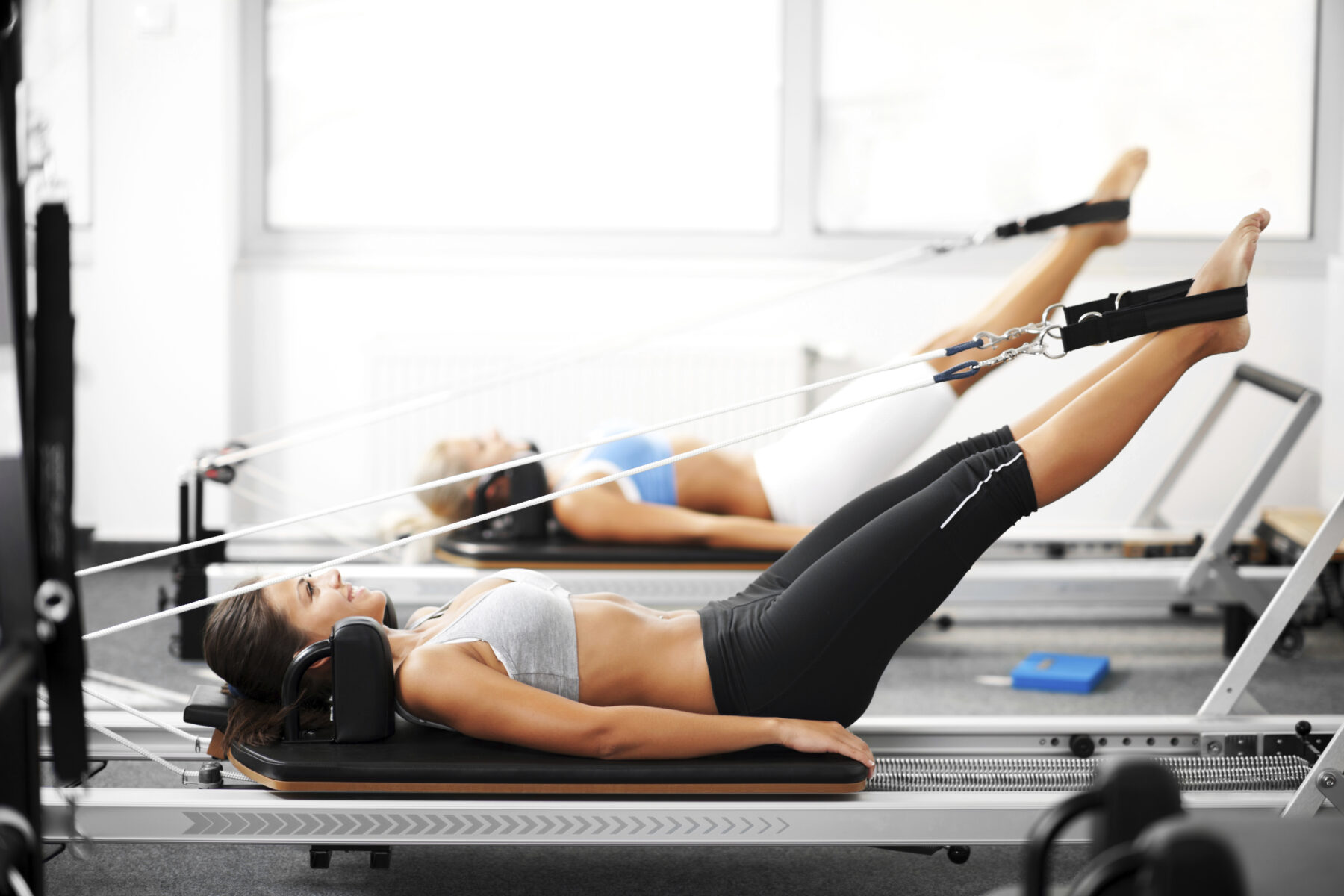Tummy toning exercises


The sentence “abs are made in the kitchen” definitely has some truth to it, however strengthening the muscles surrounding the mid-section will go a long way towards having a flatter, toned belly, as well as a lot of other less obvious benefits.

Our first exercise is the kneeling plank. Your knees and feet are hips width apart, your hips are in line with the knees, shoulders and head. Your hands are right underneath your shoulders. Your head is in line with the hips and knees, therefore you are looking at the floor/mat. The key points of the exercise is to have a slight tuck of the tailbone to prevent the lower back from arching and scoop the belly in, drawing the belly button into the spine to activate the abdominal muscles as much as possible. Holding that position for a while. Starting with bouts of thirty seconds and then working up progressively to a minute.
Once your are quite comfortable with the kneeling plank and your core strength has improved you can try and move on to the full plank:

The position is quite similar but with the knees off the floor and your bodyweight resting on your hands and feet http://ourtadalafil.com/ only. Again you want a straight line from your heels to the top of your head, your hands right underneath your shoulders, looking down at the floor. Again a slight tuck of the tailbone is necessary.
During both these exercises it is crucial that you don’t let your lower back work and take the pressure. You have to consciously activate the abdominal muscles by drawing your belly in. People with wrist issues (i.e: carpal tunnel syndrome) can use a modification of both exercises, resting on their forearms with palms facing up instead of resting on their hands (see picture below.)

An exercise that complements the plank (or kneeling plank) nicely is the kneeling side plank or full side plank. This variation engages more the abdominal muscles on the side of the waist.
In the kneeling side plank the shins are stacked on top of another, the knees are bent at a right angle and in line with the hips and head. Same as with the plank, one can rest either on the forearm or the hand (forearm in the picture) in both cases, make sure the supporting body part (forearm or hand) is underneath the shoulder. The eyes should be looking straight ahead and reaching with the nonsupporting arm is a possible progression.

On the left we have the full side plank, where the bodyweight is supported only by the feet and the hand (forearm in this case). The same guidelines as for the kneeling side plank apply. The feet can be staggered for better balance, or stacked on top of each other for a bigger challenge.

Sign up and get £10 OFF your first booking